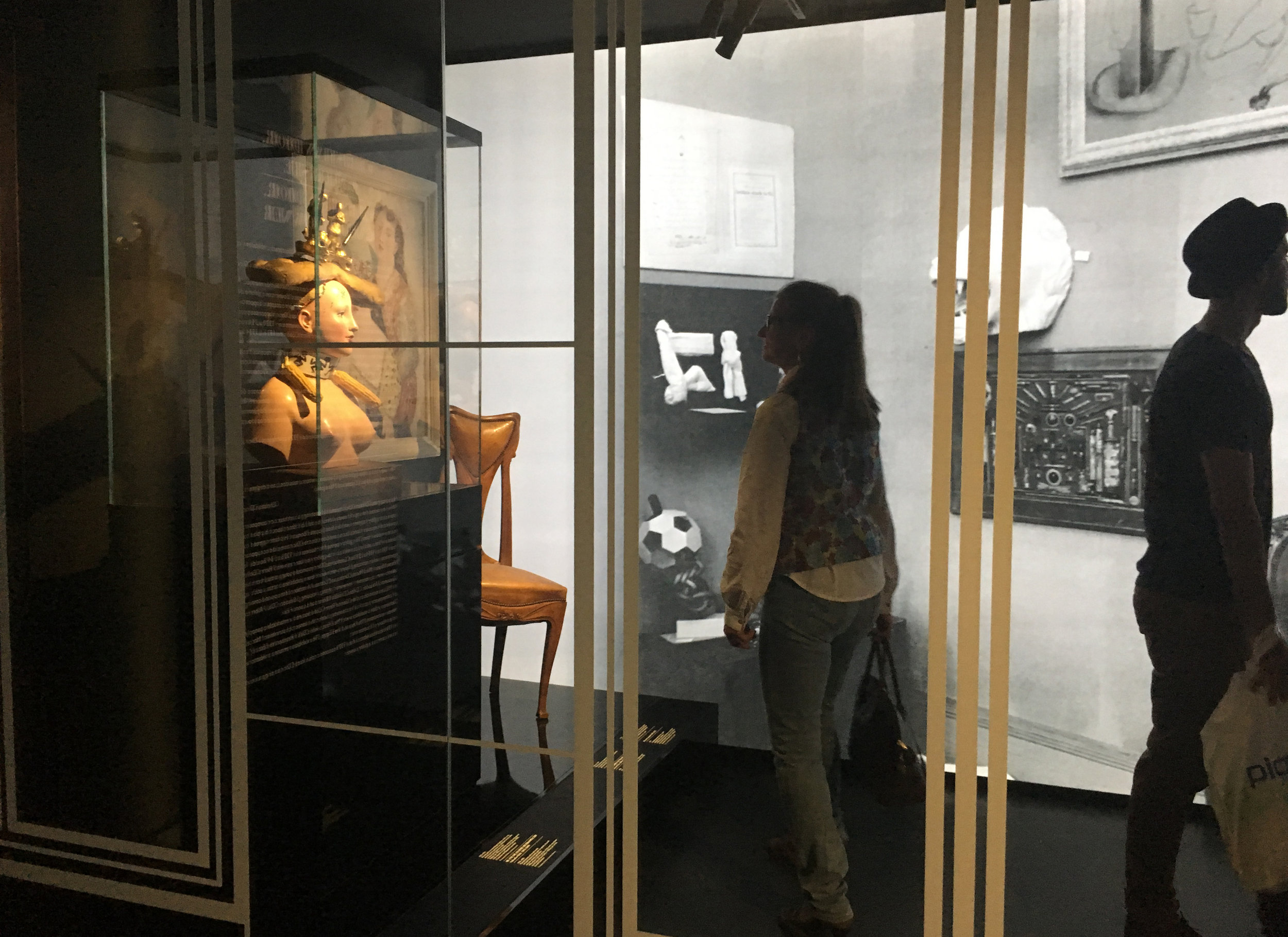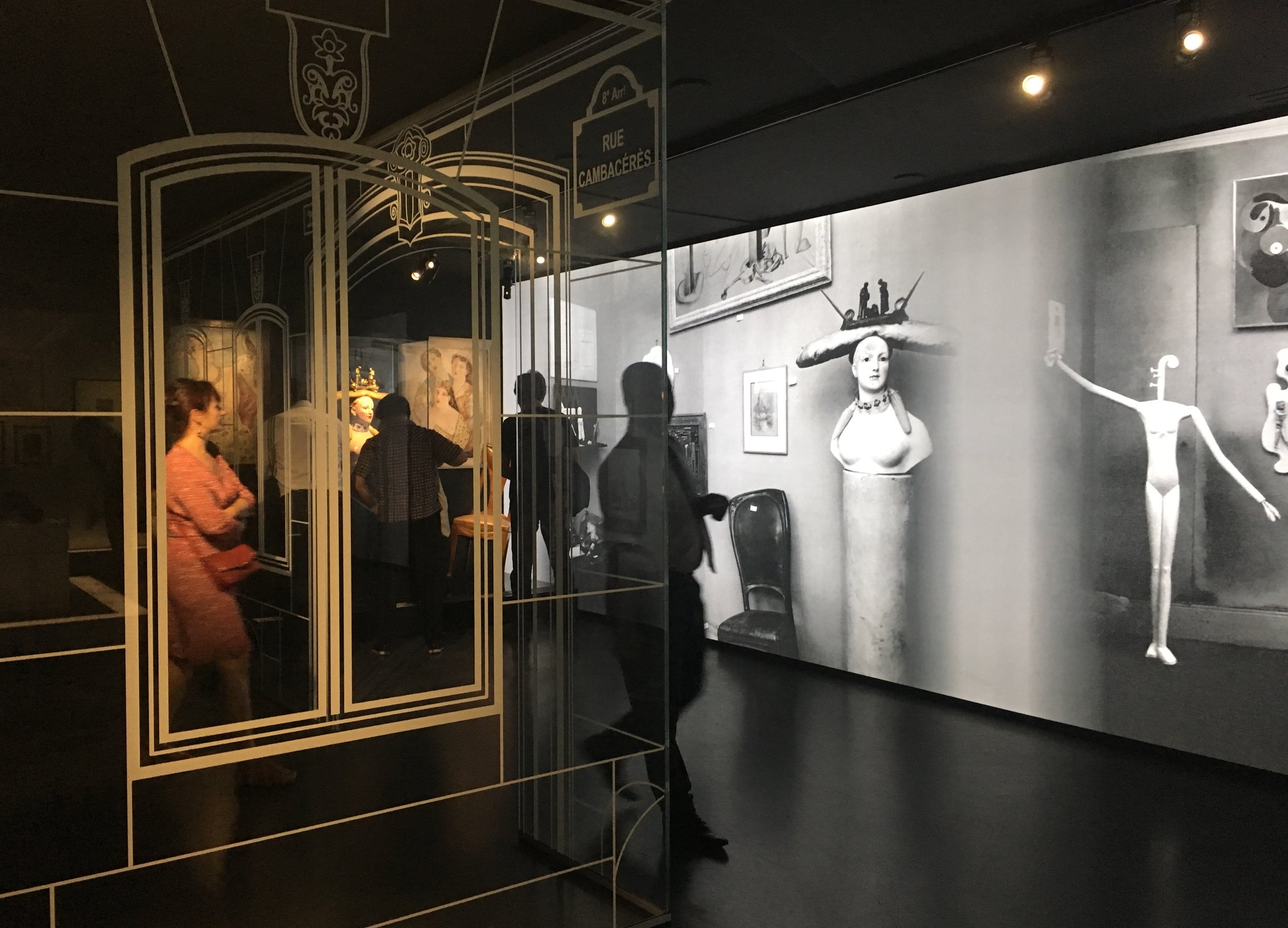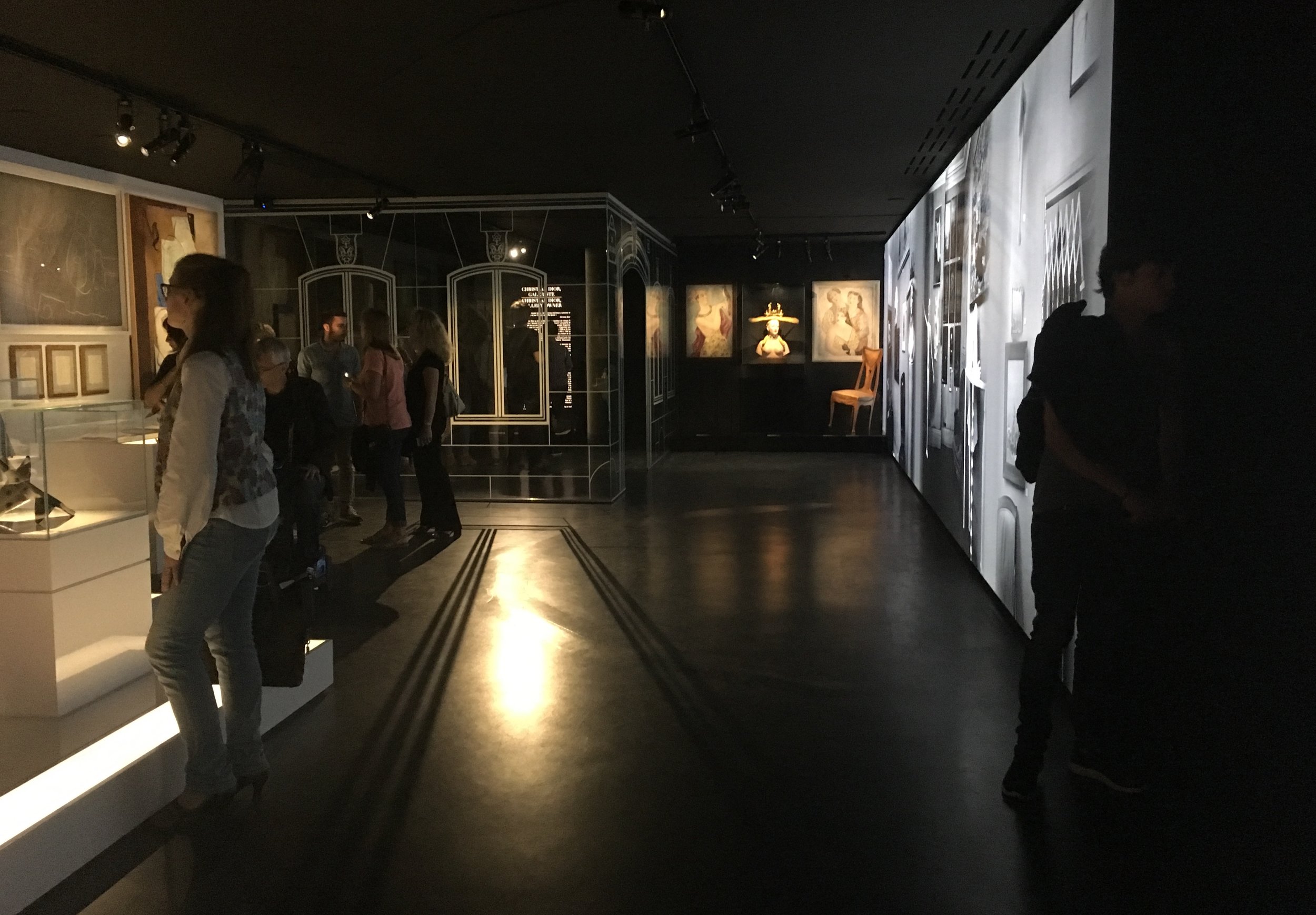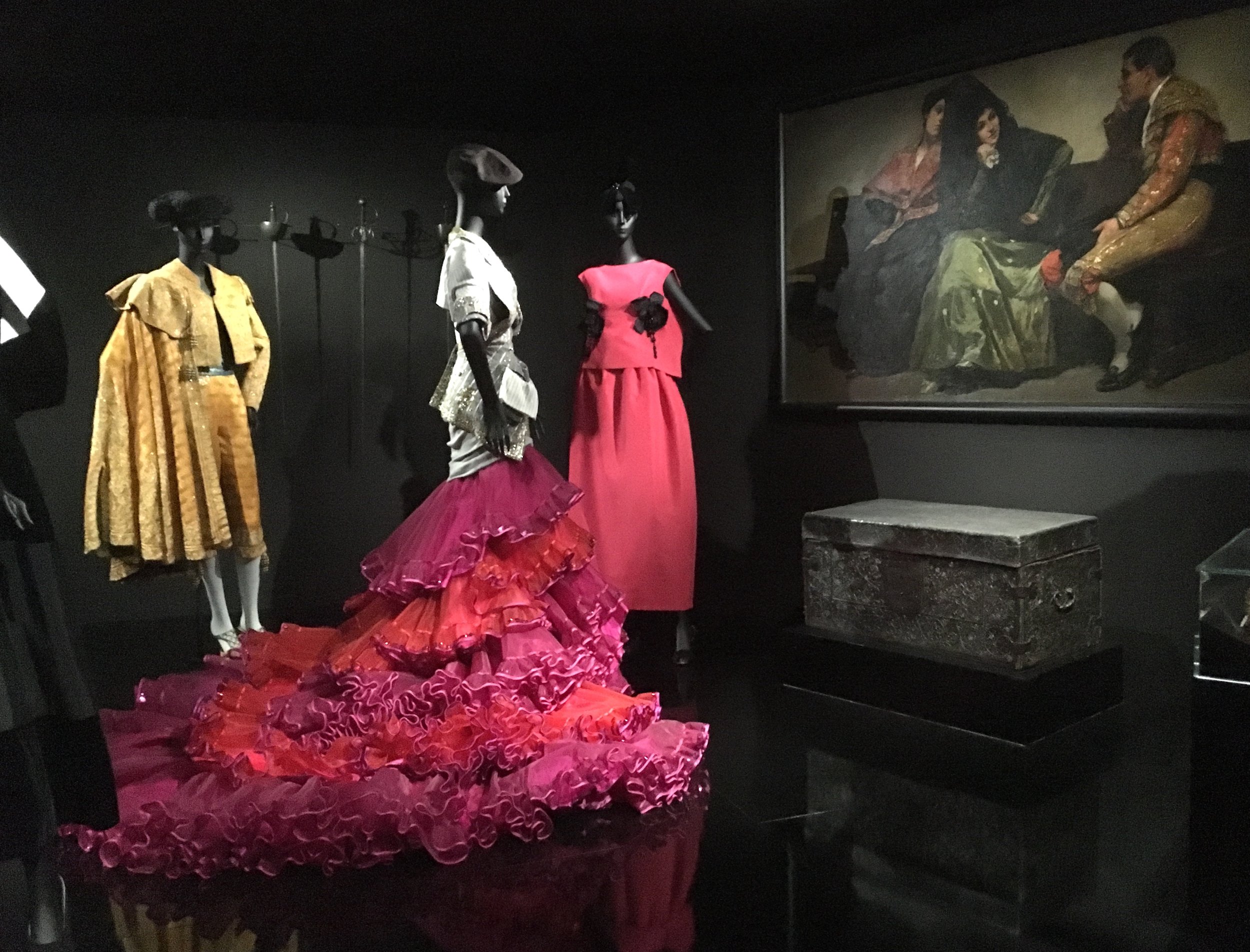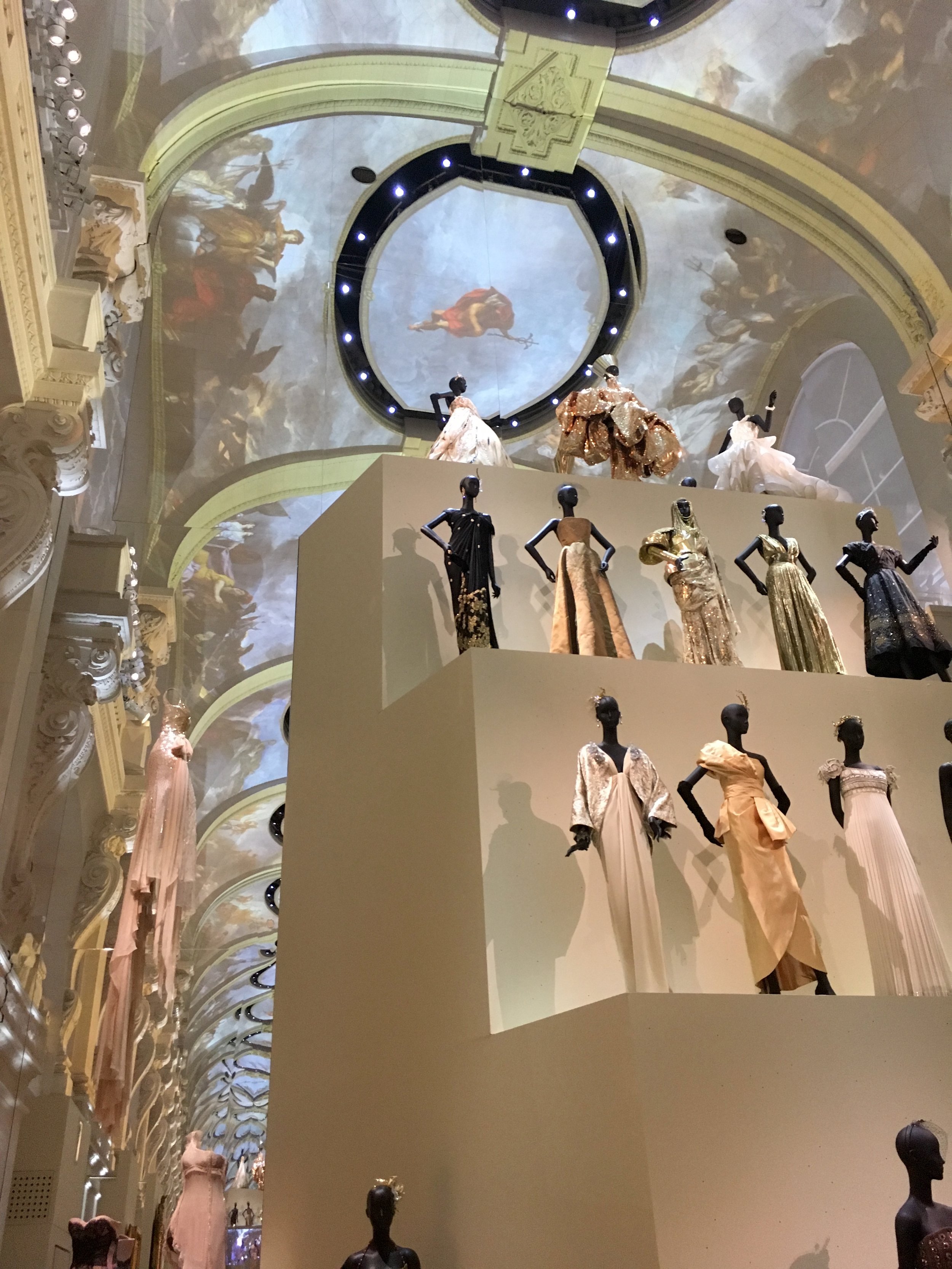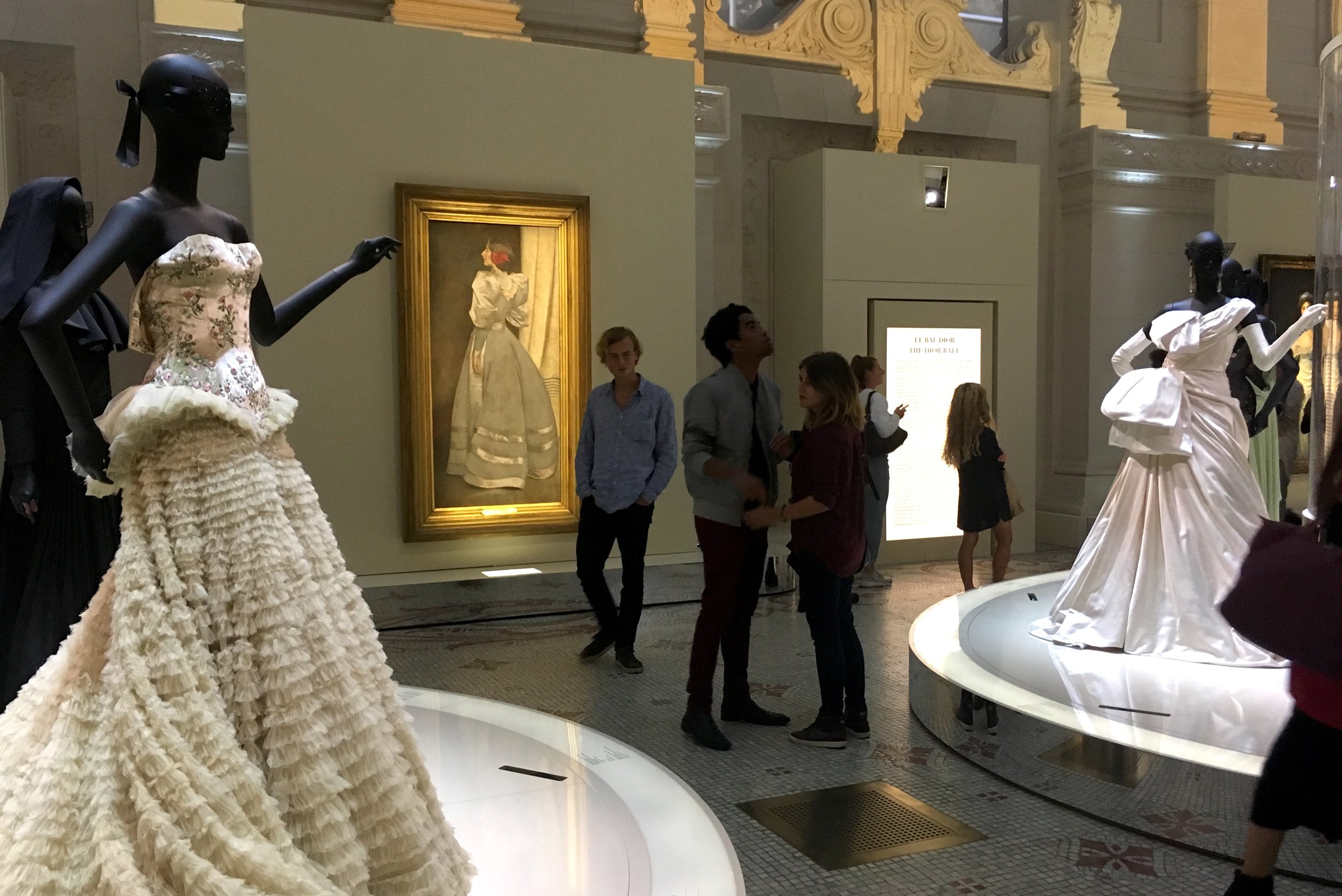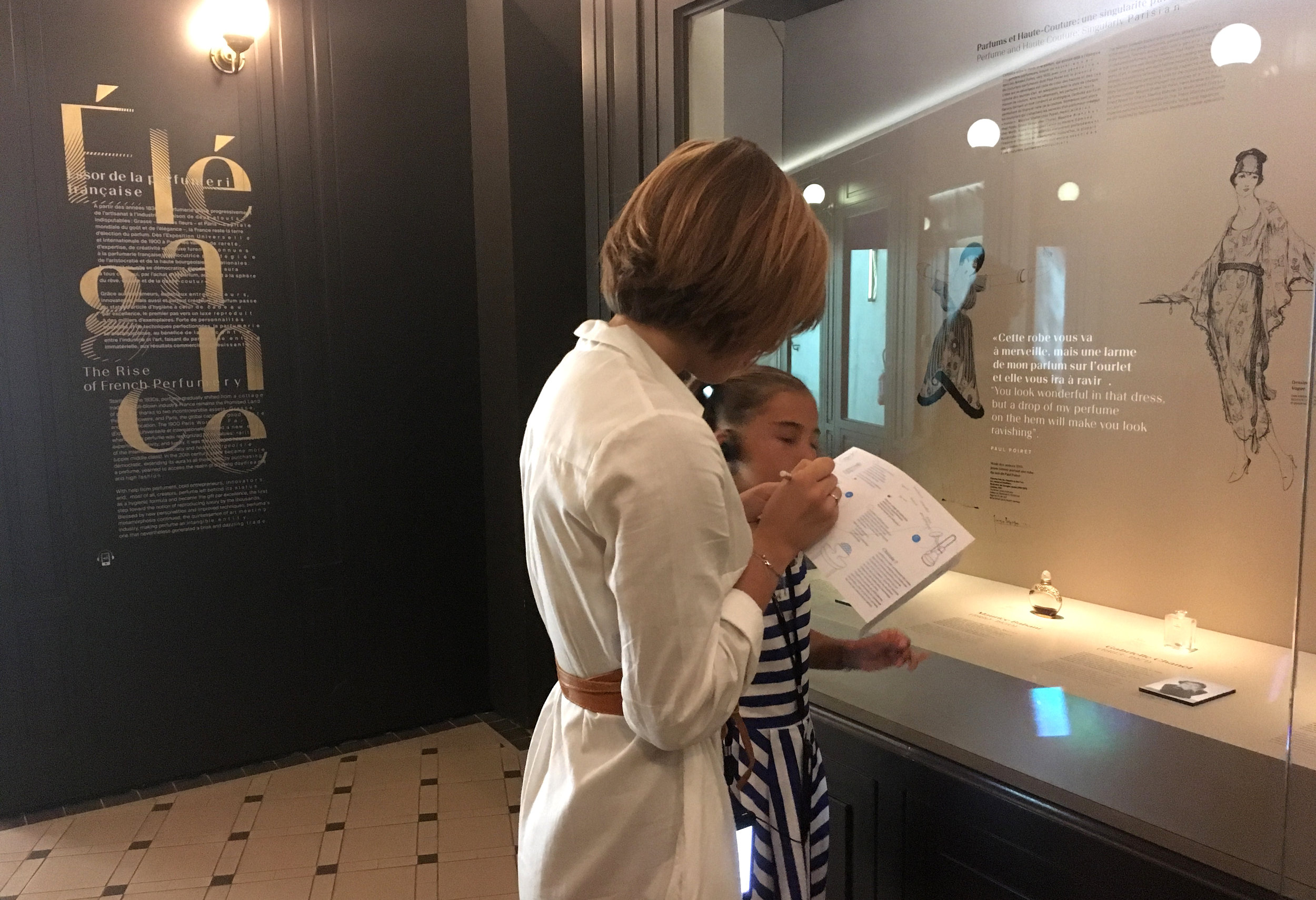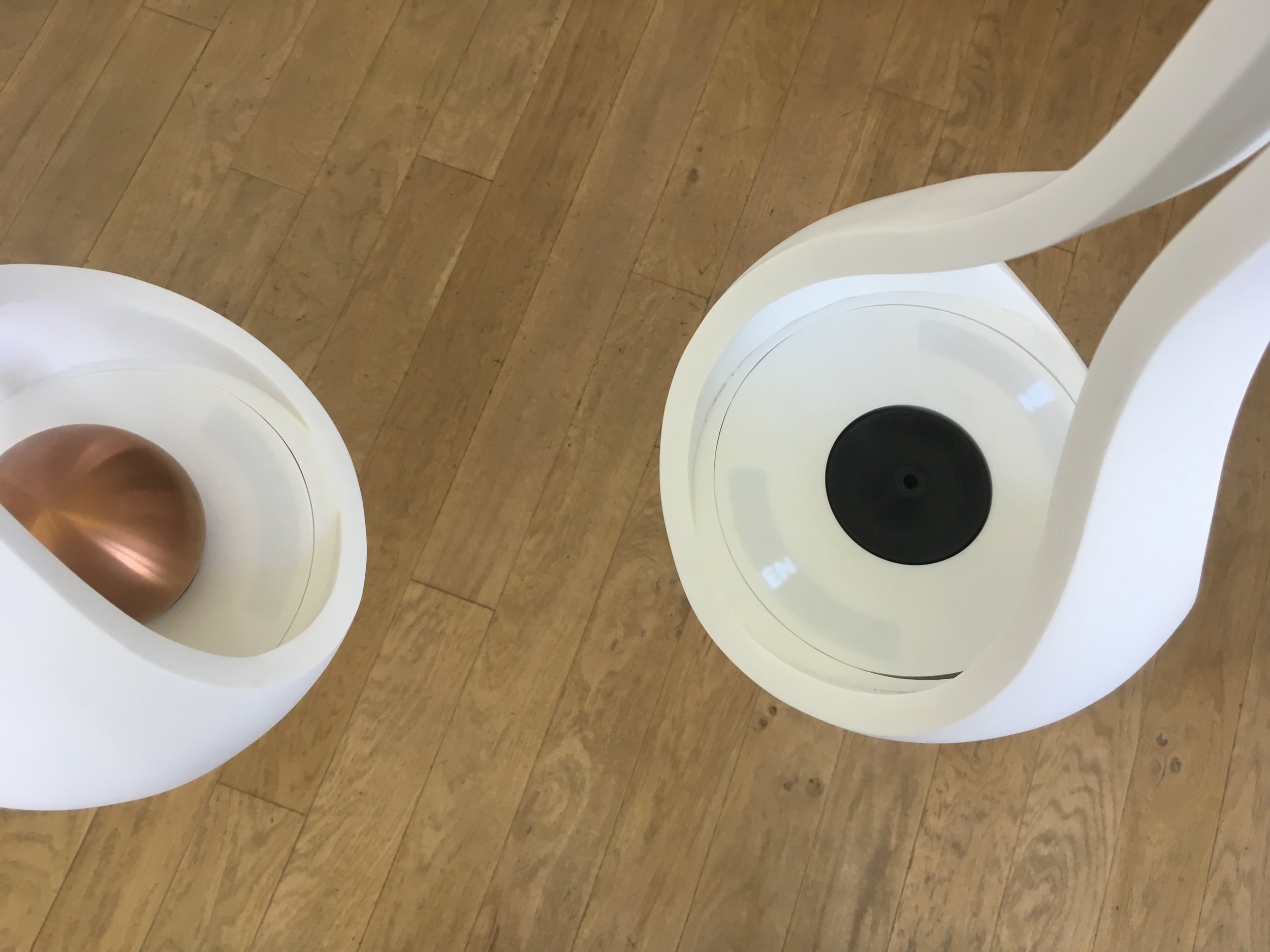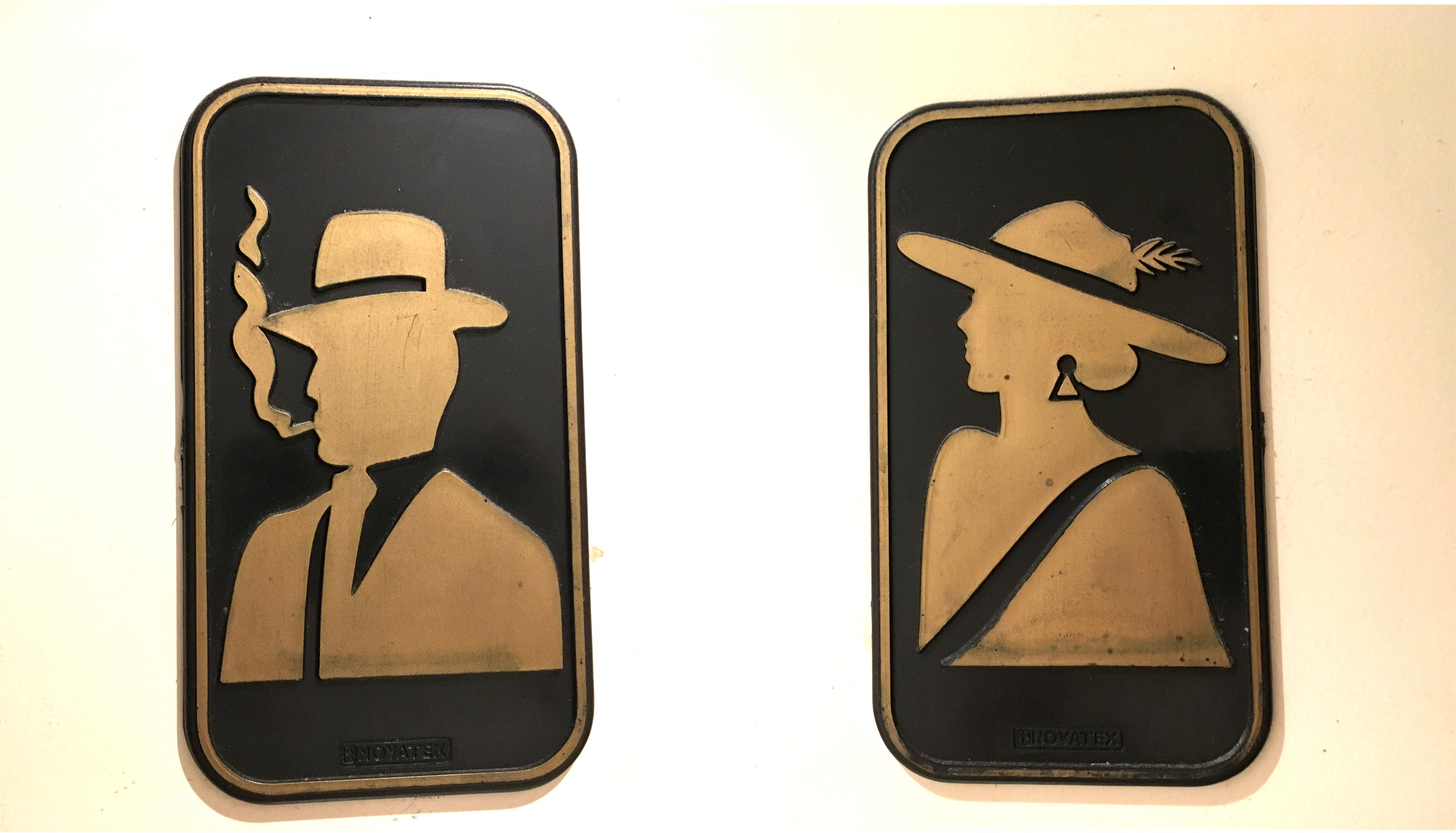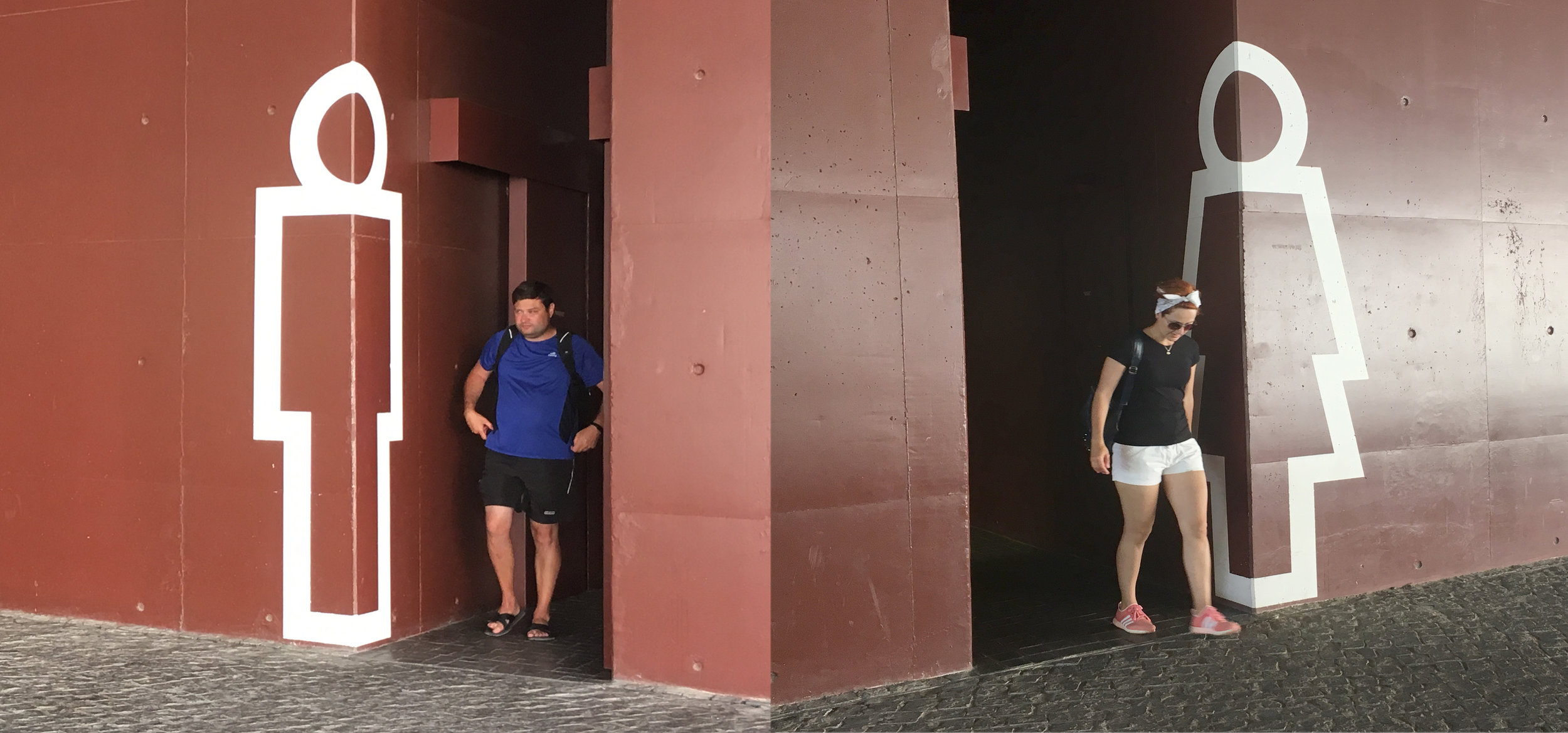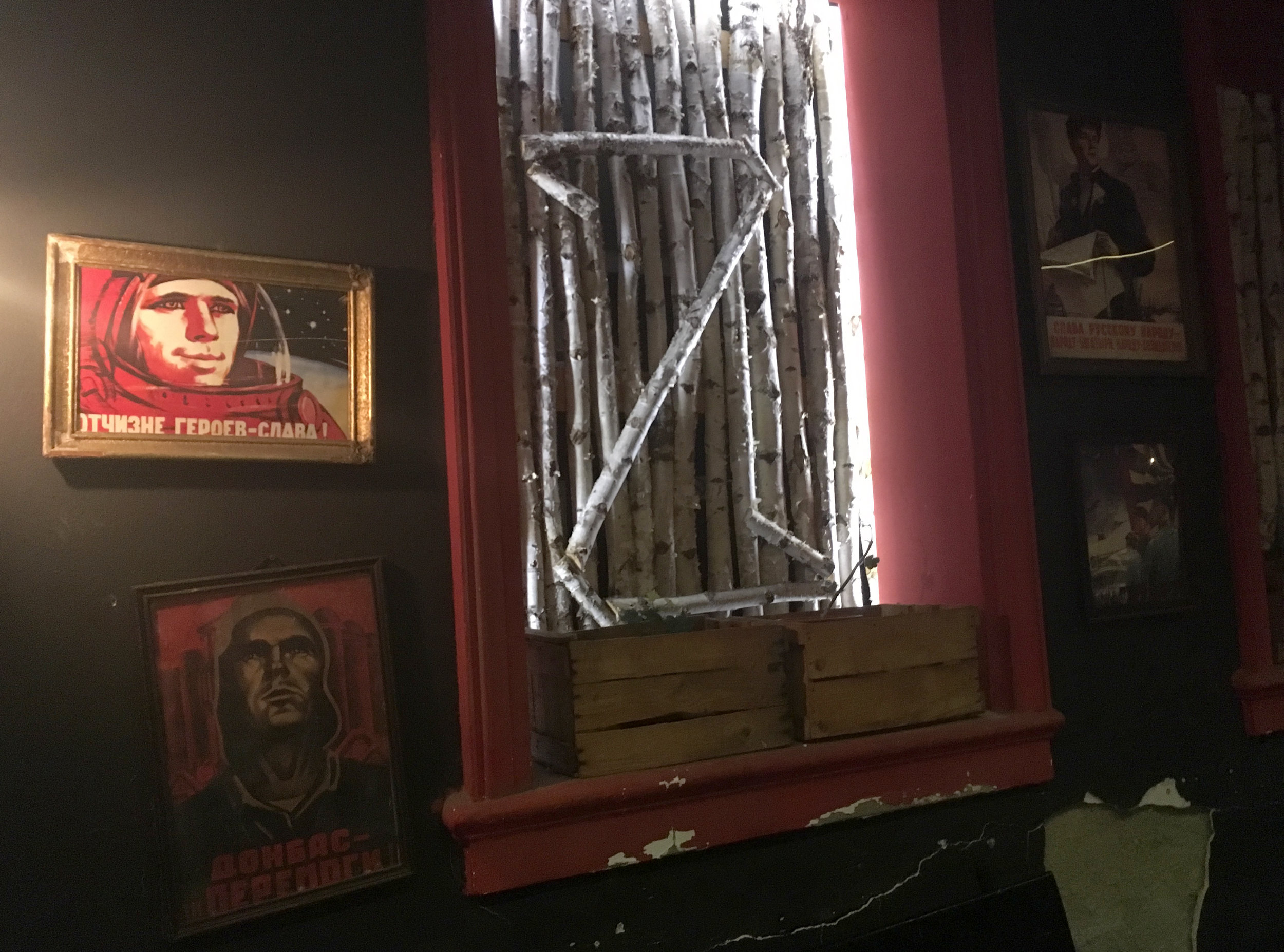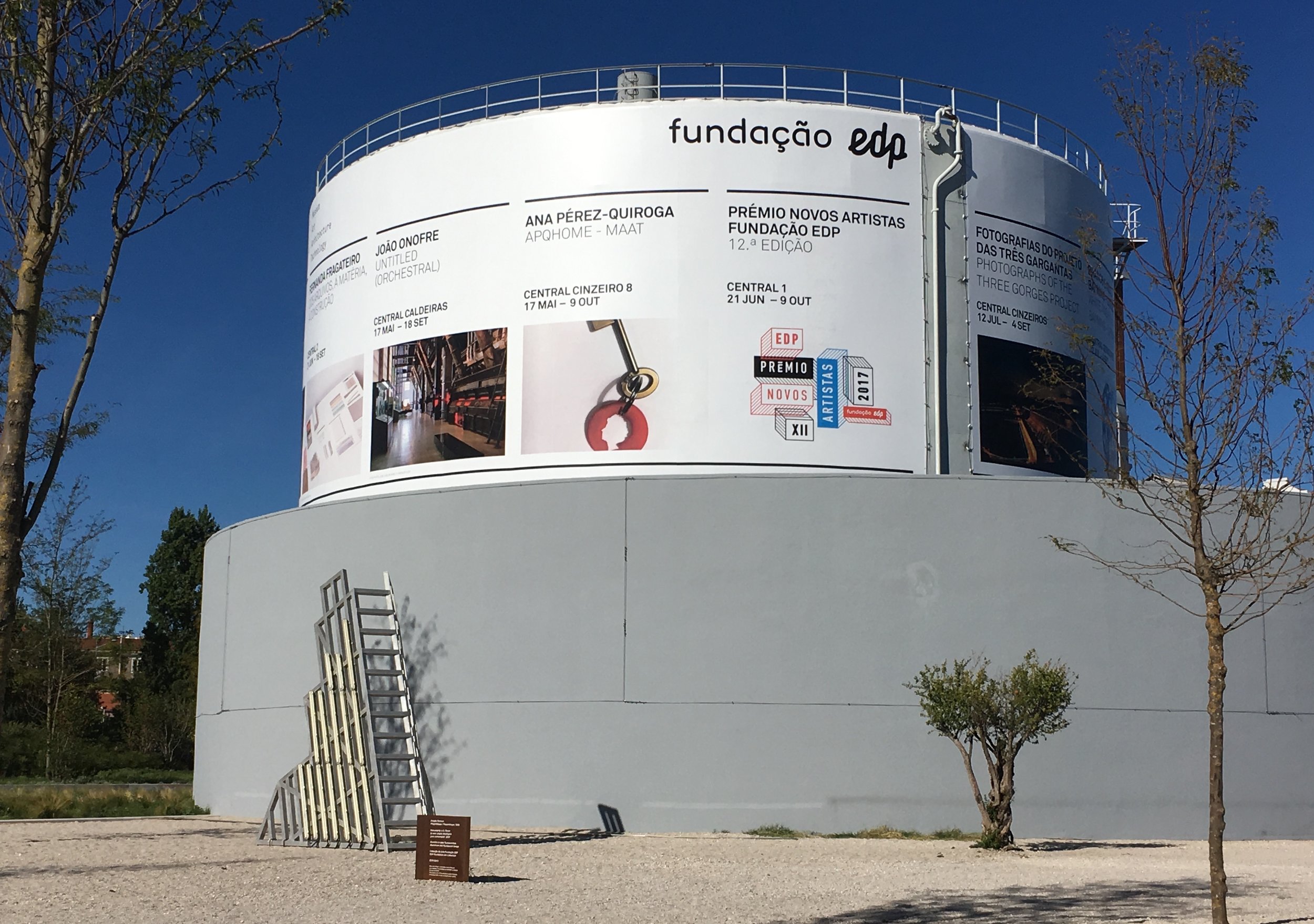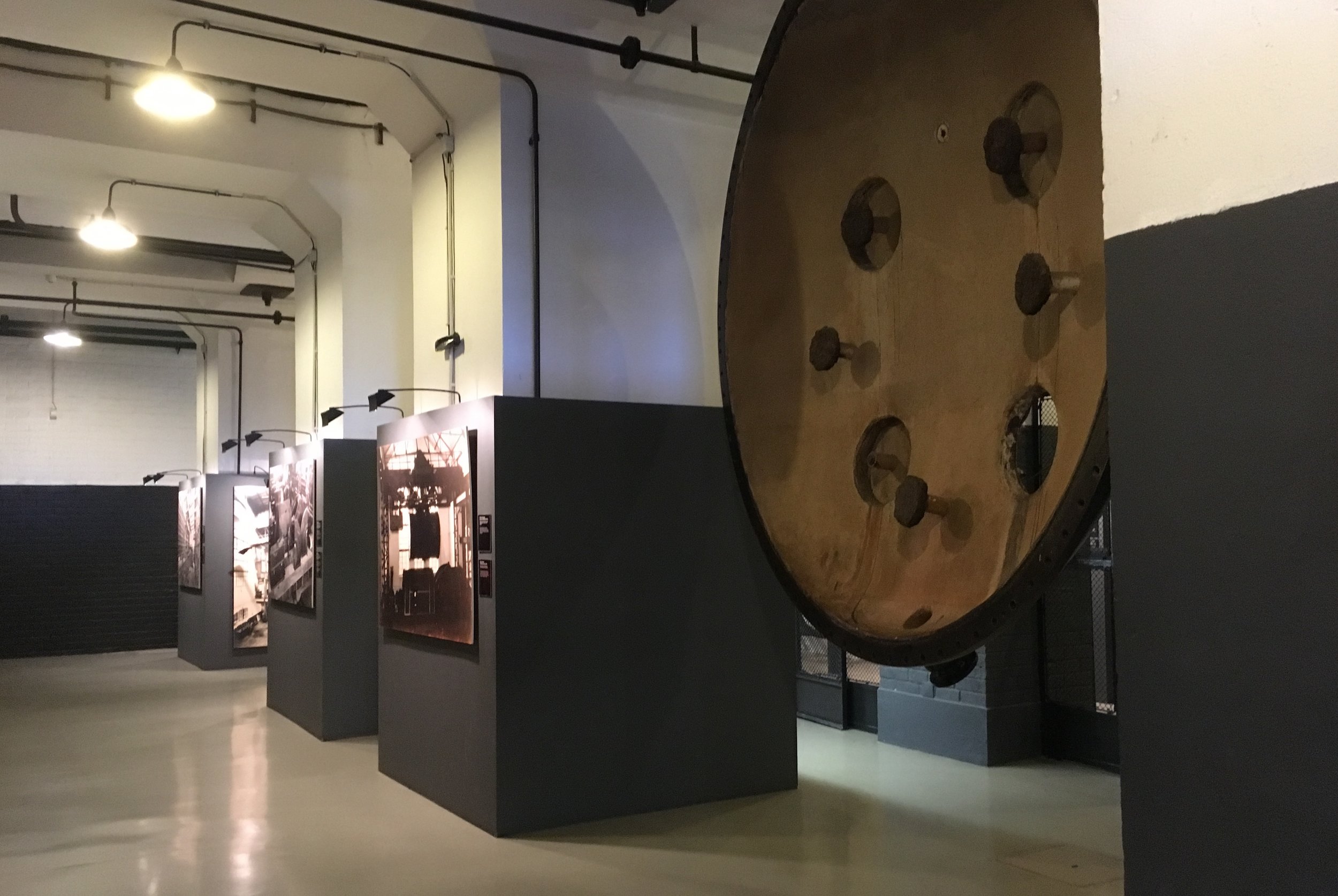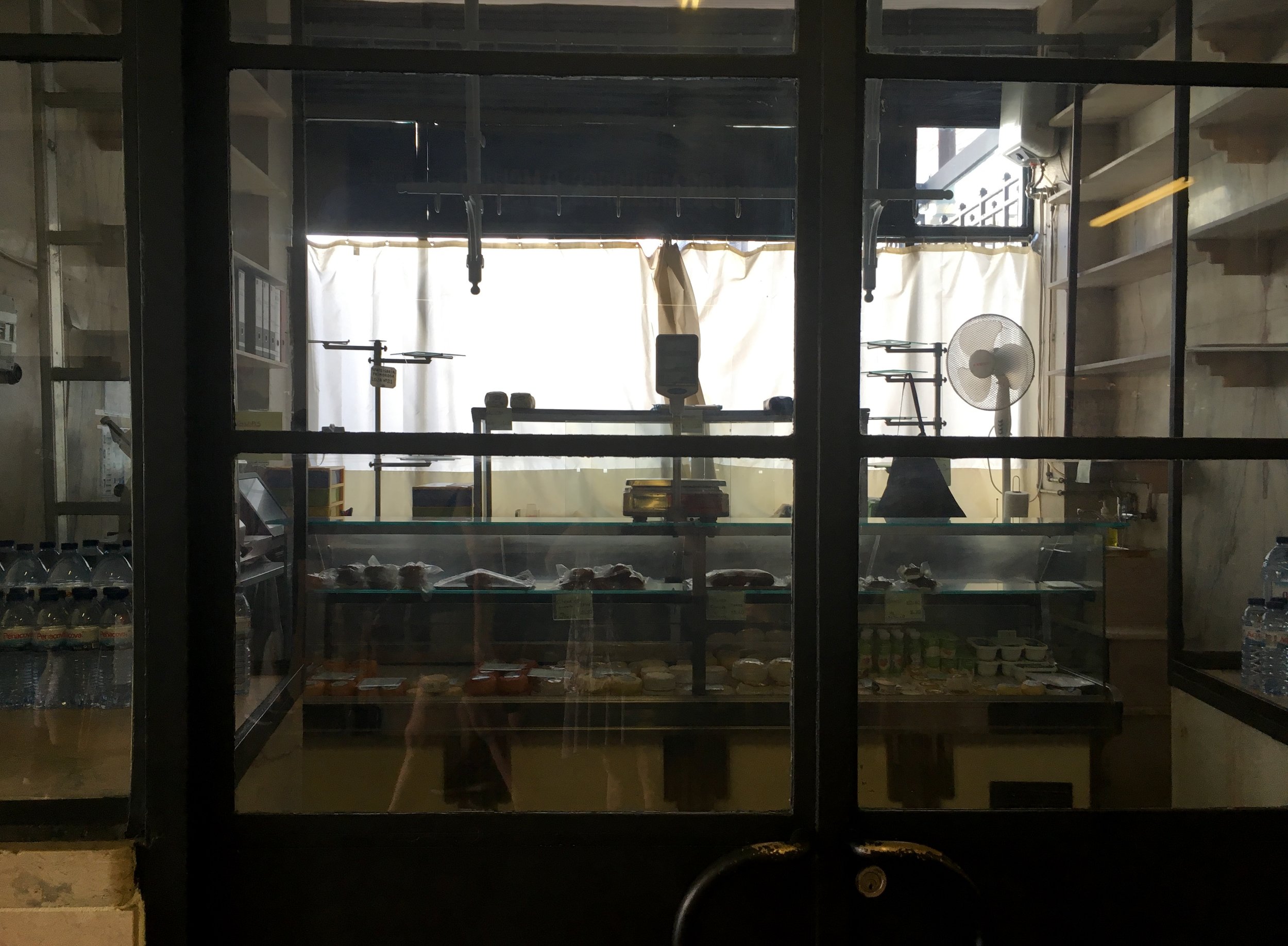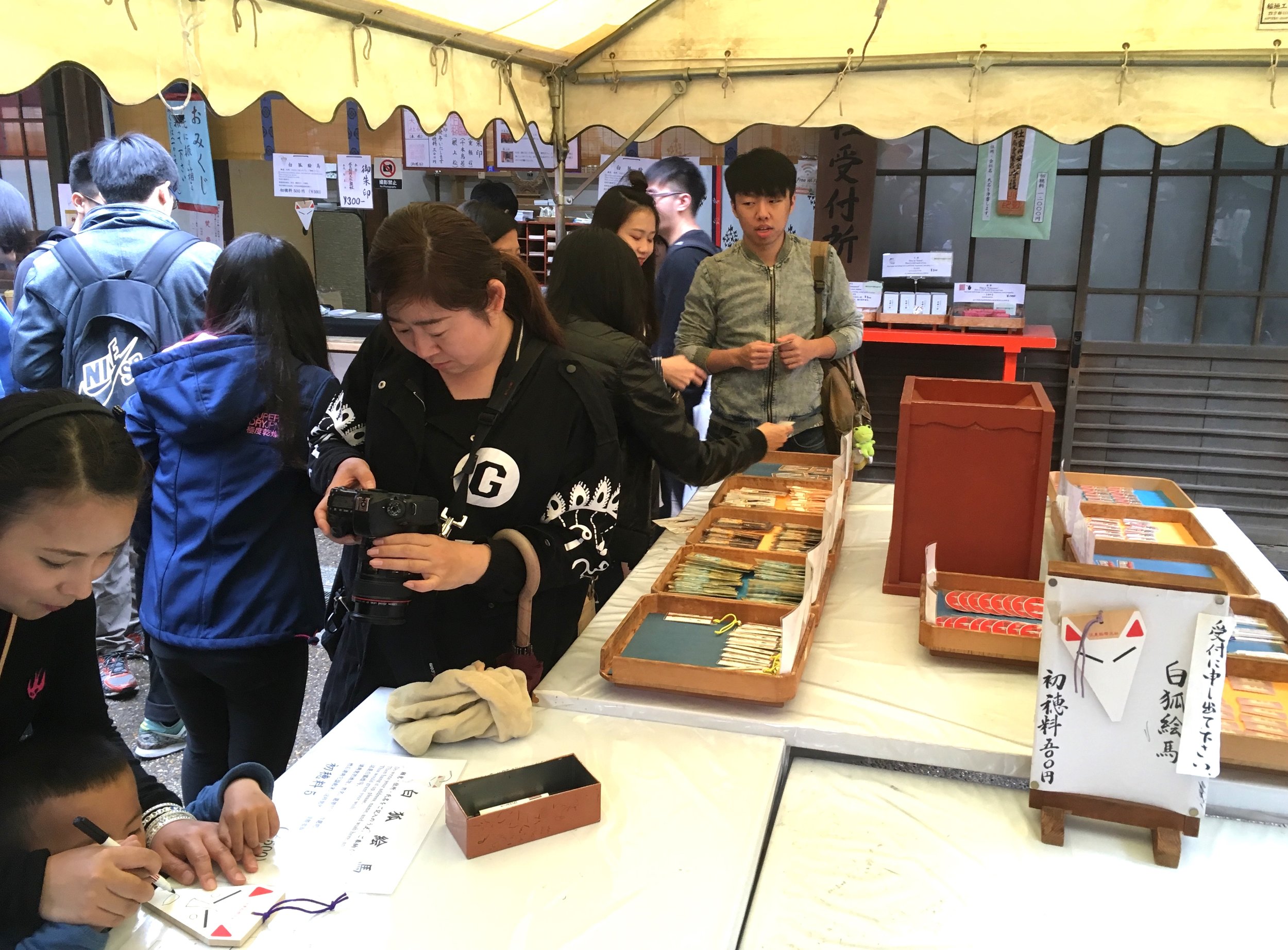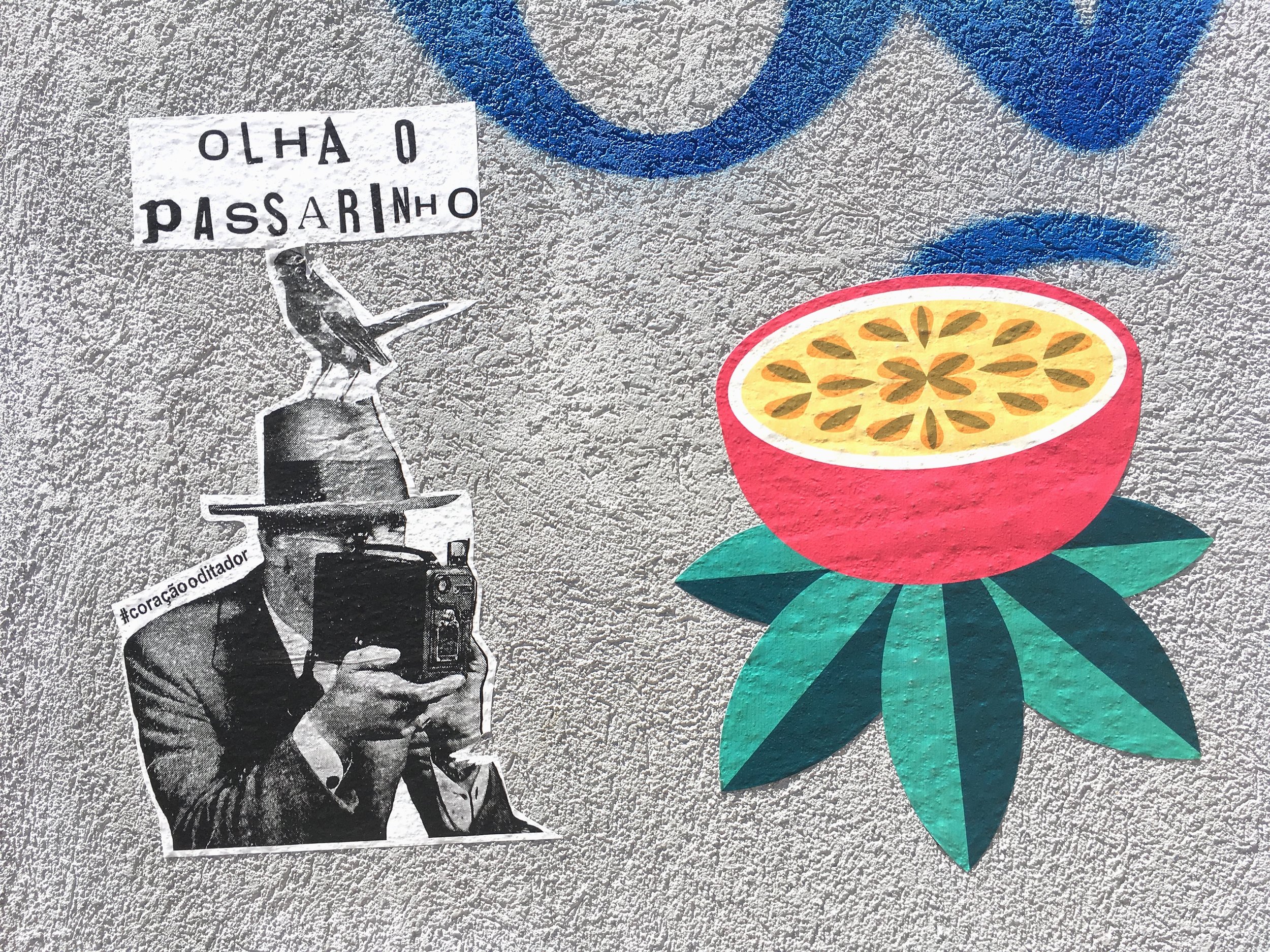The Art of Style (Paris)
Paris, France. The entry line was down the block to get into the Christian Dior exhibition at the "other" Louvre, Musee des Arts Decoratifs. On my last visit to Paris I discovered how interesting fashion exhibitions can be, in a city where it's elevated to the highest art. It turns out that Dior was connected to other arts as well, and I had much to learn.
The exhibition is organized in 2 parts straddling the main entry, each side entry with a grand architectural theme. The initial effect was like a glamorous shopping mall.
But the smaller, actual entry, at the top of the stairs, was really interesting. After passing through a transparent "house" of Dior...
The connection to art is immediately made, with a black & white photo mural of the art gallery Dior once owned, before he became a fashion designer.
This sculpture becomes iconic with it's prominent placement.
Dior was closely connected to the surrealists who showed in his gallery, and whose work was also on display here in the exhibition. A nourishing dose of art before digging into fashion.
After Dior's life story is a gallery honoring another art, fashion photography. The photos were displayed traditionally on three walls. But on the fourth was a set of three big vitrines with the light fading in and out to reveal the actual dress in the space behind the enlarged photographs. An interesting play between image (woman) and object (dress).
What follows is a dense winding pathway of outfits and accessories, organized by color. I was amazed by the small, foot-high models of outfits, perfectly sewn in every detail! Visitors were moving very slowly and clearly relishing every detail.
Like food, fashion has an intrinsic allure, so personal...
The effect of this collaged path was deeply feminine, precious and cool.
The stairway leading down passes a wall of magazines
Historically inspired designs look out on the gardens
Culturally inspired designs are shown with related paintings
And garden inspired designs displayed under a tree.
Passing over to the other side of the entry, it seemed hard to believe there could be more to see.
An extremely high mirror ceilinged room with five tiers of white designs, a literally towering effect!
At the bottom a refreshing little mediated alcove about the craft of the seamtress.
Dior's fashion sketches
Entering the most modern phase of Dior's work
Only a few designs appeared in photos only.
At this point, the prolific arc of his career starts to really sink in. In this room, lighting shifted along the box edges, like searchlights crossing the sky.
Just as I was expecting to see the exit, we entered the grand finale; a ballroom fantasy in the huge atrium space, mirrored at either end.
Here the entire "ballroom" was covered in multi projections, walls and ceiling, cycling through day and night and from architectural details to Dior's sketches. Videos showed film clips of his designs worn by leading actresses.
This was the final spectacle that just seemed to stun everyone.
As I was leaving I was trying to imagine how much money was spent on this exhibition. Haute couture is an elitist art. I think the visitors, who seemed pleased and tired, got their money's worth. A lavish celebration of beauty, in the form of style.





